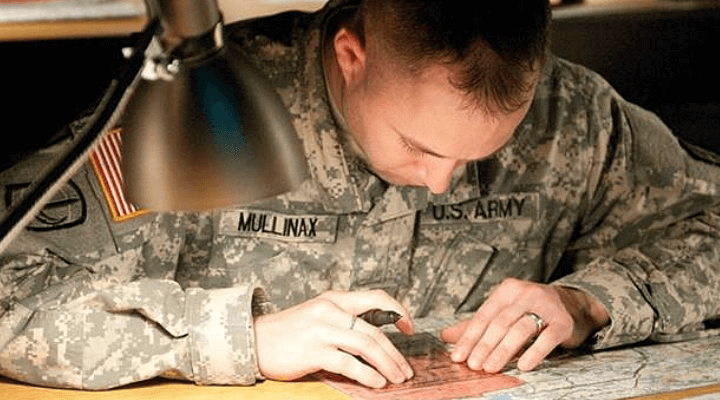One type of government-backed loan offered to eligible students wanting to go to college is the Federal Direct Stafford Loan. But, one issue that confuses many students is the two different versions of this loan: subsidized and unsubsidized. While the primary difference between the two is small, the difference in the financial obligation at the end of the loan can be quite significant.
Subsidized federal student loans
This version is only available to undergraduate students. The starting point for this loan, as it is with many student financial aid sources, is filling out the FAFSA – Free Application for Federal Student Aid.
The application is based on financial need by factoring in the expected family contribution – the approximate amount of money the student’s family should be able to contribute toward their child’s education (based on the data submitted on the application). If at or below the contribution threshold, the student generally qualifies for the loan. Students having the most need (larger amounts of shortfall between college costs and family contributions) are prioritized first as far as loan approval.
Under the subsidized version of the loan, payments can be deferred as long as the student remains in a full-time student status. The government pays accrued interest during this deferment and after-graduation grace periods.
Unsubsidized federal student loans
Because this loan does not factor in a family contribution, it is the version veterans going to college usually get if they need a student loan. In the loan calculation, it also does not factor in any veteran educational benefits, such as the:
- Montgomery GI Bill
- Dependents Education Assistance Program
- VA Vocational Rehabilitation Program
- VEAP Benefits
- Post-9/11 GI Bill
However, noneducational veteran benefits like Disability, Death Pension, Dependency and Indemnity Compensation (DIC) are taken into consideration in the calculation the loan amount authorized.
It is available to both undergraduate and graduate students and not based on need. This loan differs from the subsidized one in that interest does accrue at the rate of the loan and compounds, which results in a larger amount that needs repayment later once off full-time student status and the grace period.
Interest Rates
The interest rate for both types of Stafford loans for undergraduates is fixed at 4.45% annually for the 2017/2018 school year; the interest rate can vary from year to year. The rate for graduate students with unsubsidized loans for the same upcoming academic school year is fixed at 6.00% annually.
Loan Amount Variables
Not only can the interest rate vary from year to year, but so can the total loan amount. One determining factor is the student’s undergraduate status (freshman, sophomore, …). But on top of that, there are also two categories of borrowers: dependent and independent. Again, one type applies more to the veteran student than the other.
Dependent
This group has money coming in from their family contribution. Depending on their undergraduate status, their charted loan amounts are as follows:
| Year | Total Loan | Subsidized
Limit |
| 1st | $5,500 | $3,500 |
| 2nd | $6,500 | $4,500 |
| 3rd and 4th | $7,500 | $5,500 |
NOTE: The $2,000 difference between the Total Loan and Subsidized Limit can be offset with unsubsidized Loans. If the amount of financial need is small, all of the loan may end up being unsubsidized.
Independent
Because this group does not have money coming in from a family contribution, it is more applicable to veterans; and because GI Bill education money does not factor in, their loan amounts are higher than dependents as shown in the chart below:
| Year | Total Loan | Subsidized
Limit |
| 1st | $9,500 | $3,500 |
| 2nd | $10,500 | $4,500 |
| 3rd and 4th | $12,500 | $5,500 |
| Graduate Students | $20,500 | $0 |
NOTE: Remember, graduate students are not authorized subsidized Stafford loans, so their limit is zero, meaning all of their loan will be unsubsidized.
Because loans must be paid back, they should be a student’s last choice as far as a source of funding their education. Other sources not requiring payback, include GI Bill, scholarships, grants and work-study programs, and should be first exhausted before resorting to loans.




